Optimal Timing for Crown Molding Repairs
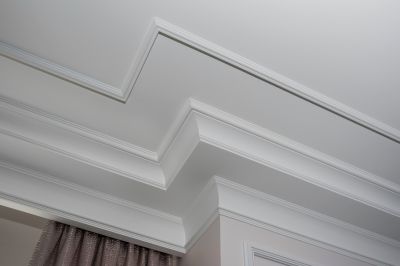
Spring and summer are ideal for crown molding repairs due to better weather conditions and longer daylight hours.

Dry, mild weather reduces the risk of moisture-related issues during repairs, making late spring or early fall suitable times.
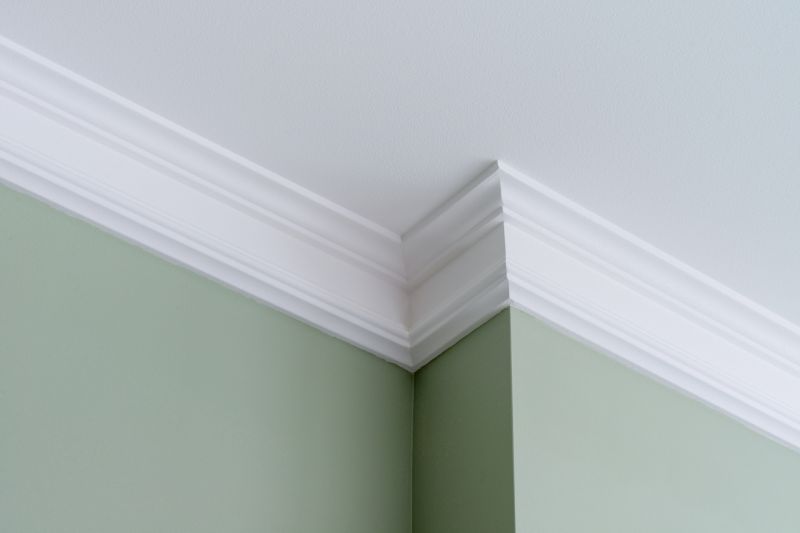
Planning repairs during periods with minimal home occupancy can minimize disruptions and allow for efficient work.
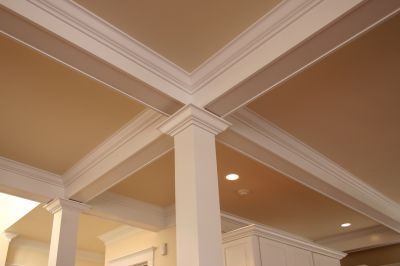
Ways to make Crown Molding Repairs work in tight or awkward layouts.

Popular materials for Crown Molding Repairs and why they hold up over time.
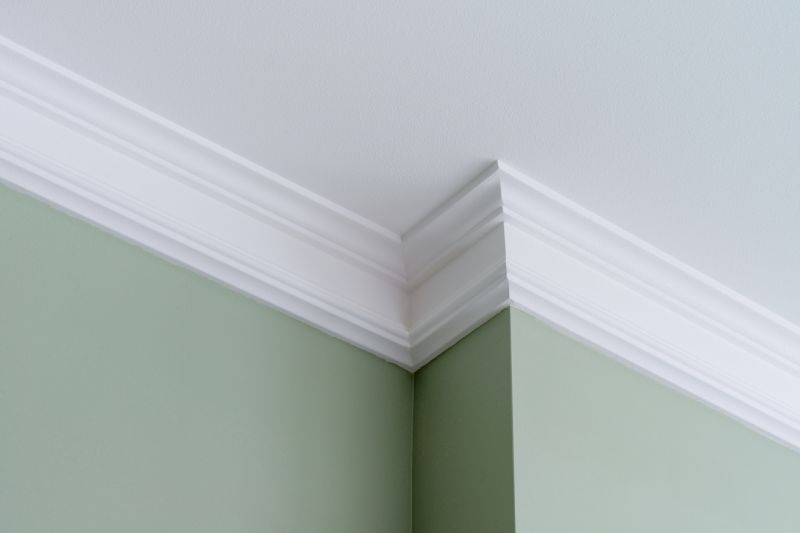
Simple add-ons that improve Crown Molding Repairs without blowing the budget.

High-end options that actually feel worth it for Crown Molding Repairs.
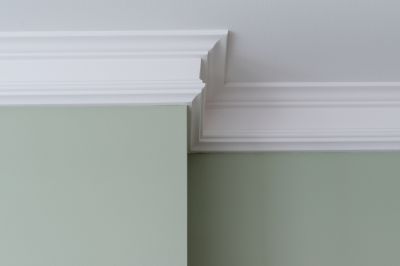
Finishes and colors that play nicely with Crown Molding Repairs.
Crown molding repairs are essential for maintaining the aesthetic appeal and structural integrity of interior spaces. Proper timing ensures that repairs are performed under optimal conditions, reducing the risk of further damage. The best time for crown molding repairs often depends on environmental factors, project scope, and household schedules. Typically, mild weather seasons such as spring and fall are preferred, as they offer ideal conditions for indoor work without the complications of extreme temperatures or high humidity.
Spring and fall provide the most suitable weather for interior crown molding repairs, especially in regions with harsh winters or hot summers.
Scheduling repairs during times of low household activity can facilitate quicker completion and less disturbance.
Certain repair materials perform better under specific environmental conditions, influencing the timing of repairs.
Longer daylight hours in spring and summer can help complete repairs more efficiently.

Technicians working on crown molding during optimal weather conditions.

A completed crown molding repair showcasing a seamless finish.
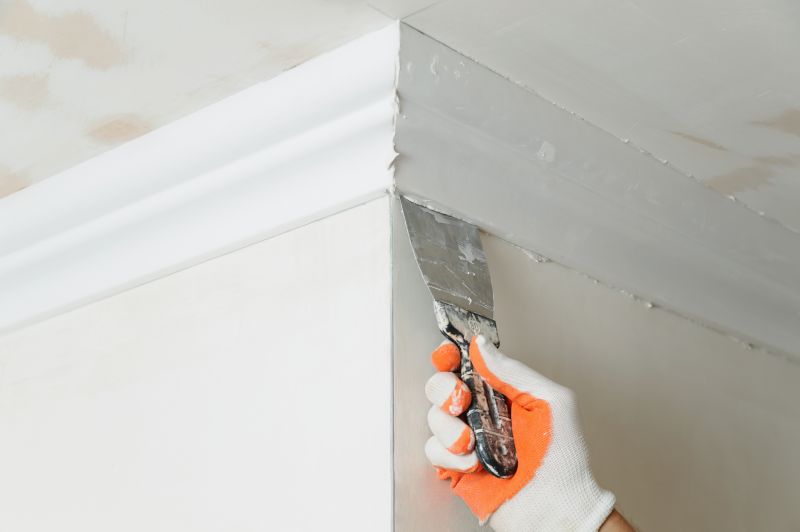
Material and tools ready for crown molding repairs in a well-lit workspace.
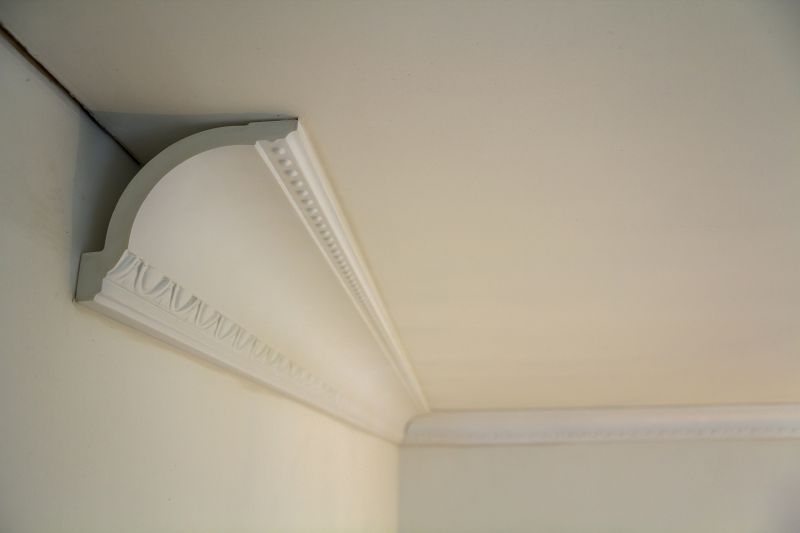
Interior setting prepared for crown molding repair with minimal disturbance.

Close-up of skilled finishing work on crown molding.
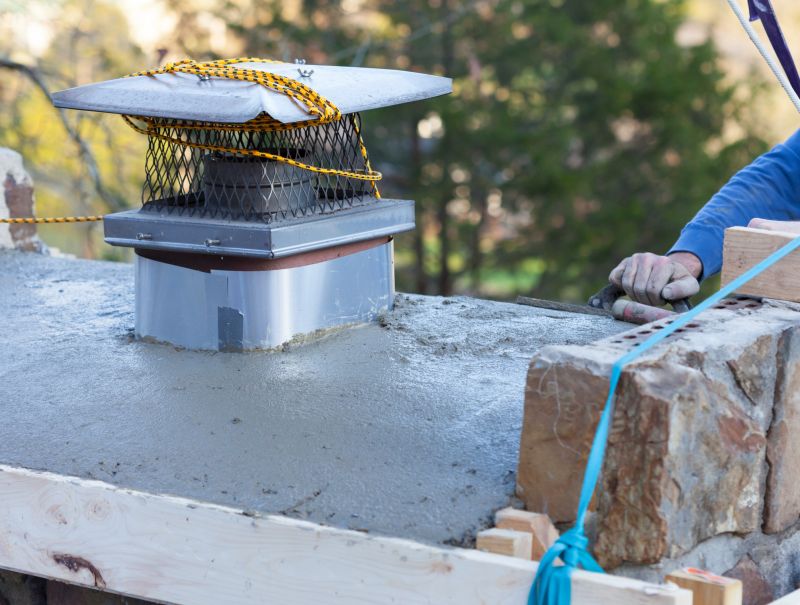
Selection of appropriate materials for crown molding repair projects.
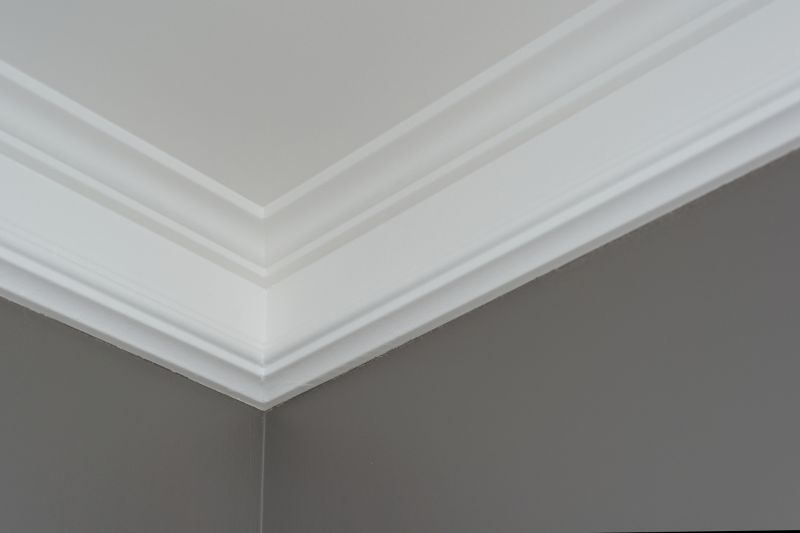
Inspecting crown molding for damage and planning repairs.
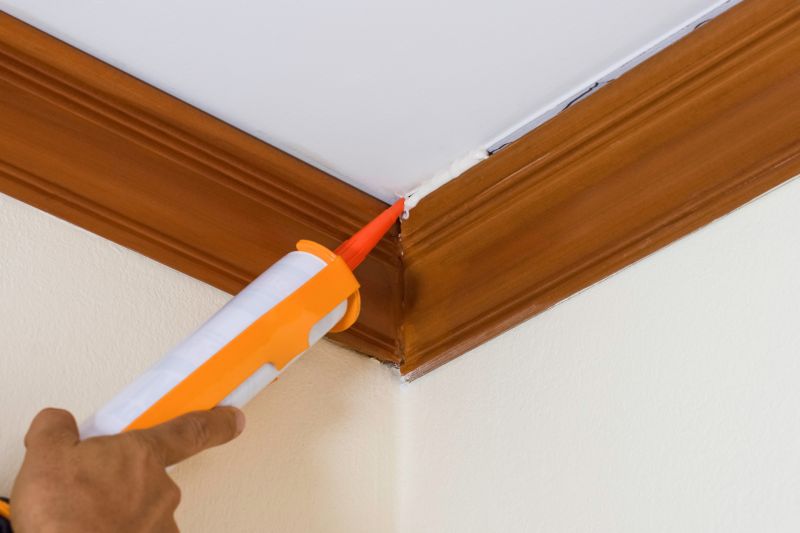
Specialized tools used for precise crown molding repairs.
| Factor | Optimal Timing |
|---|---|
| Weather Conditions | Dry, mild weather in spring or fall |
| Household Schedule | Periods of low occupancy |
| Material Performance | Seasons with stable humidity and temperature |
| Project Duration | Longer daylight hours in spring and summer |
| Environmental Risks | Avoid extreme cold or heat |
| Availability of Contractors | Peak seasons in spring and fall |
| Indoor Conditions | Stable indoor humidity levels |
| Regional Climate | Depends on local climate patterns |
Choosing the right time for crown molding repairs can enhance the quality and longevity of the work. Proper scheduling considers environmental factors, household routines, and material performance. Planning repairs during favorable seasons minimizes the risk of moisture issues, warping, or delays caused by adverse weather. Accurate timing ensures that repairs are completed efficiently and with optimal results, preserving the aesthetic and structural qualities of crown molding.
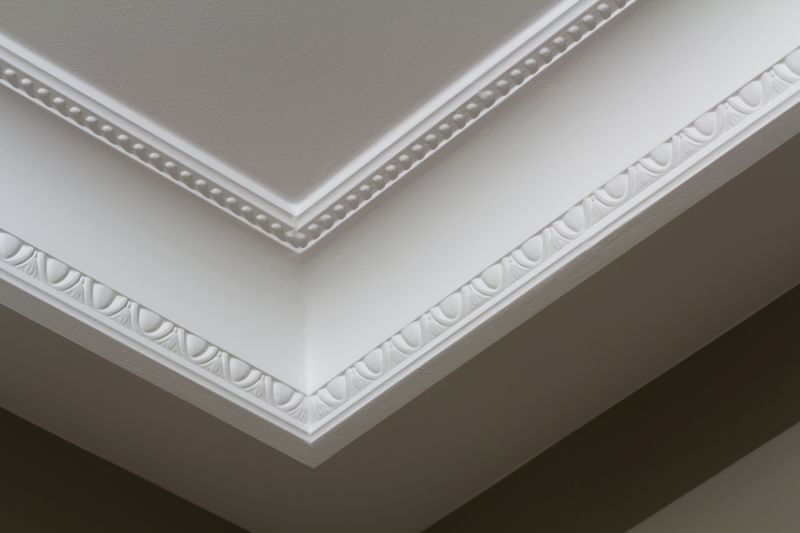
Damaged crown molding showing cracks and warping.
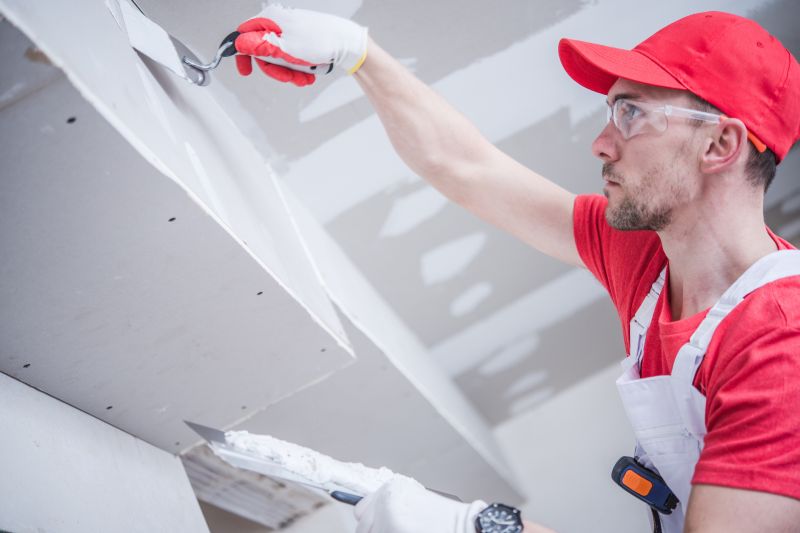
Technician applying adhesive and securing molding.
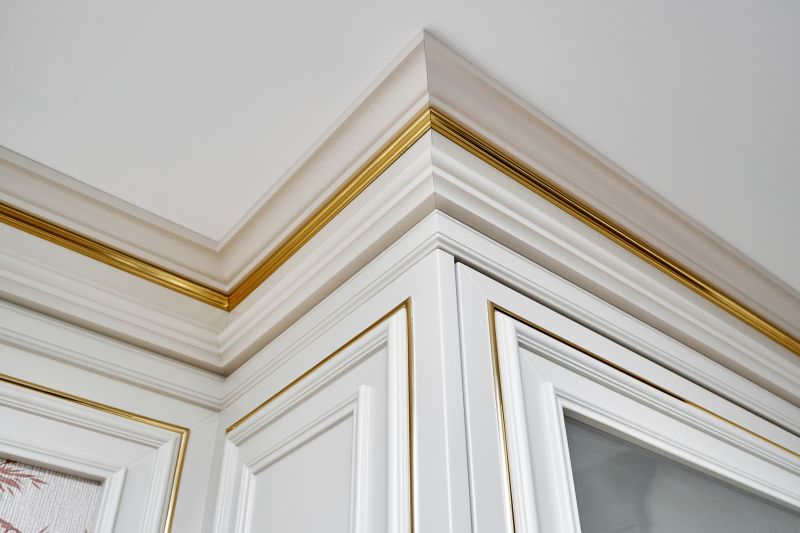
Repaired crown molding with smooth, seamless finish.
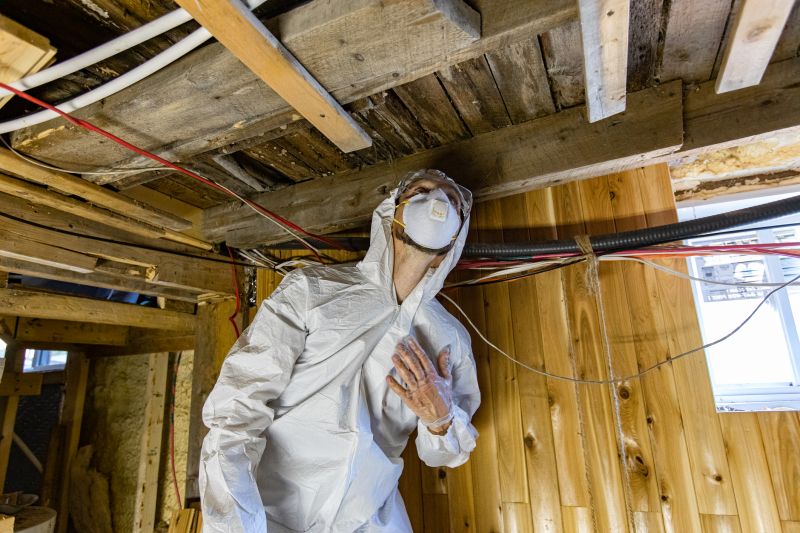
Assessment of the completed crown molding repair.
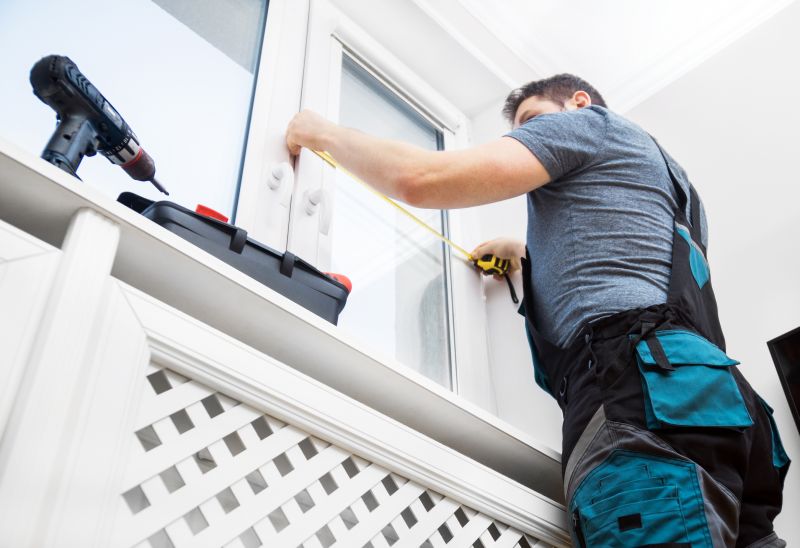
Little measurements that prevent headaches on Crown Molding Repairs day.

A 60-second routine that keeps Crown Molding Repairs looking new.
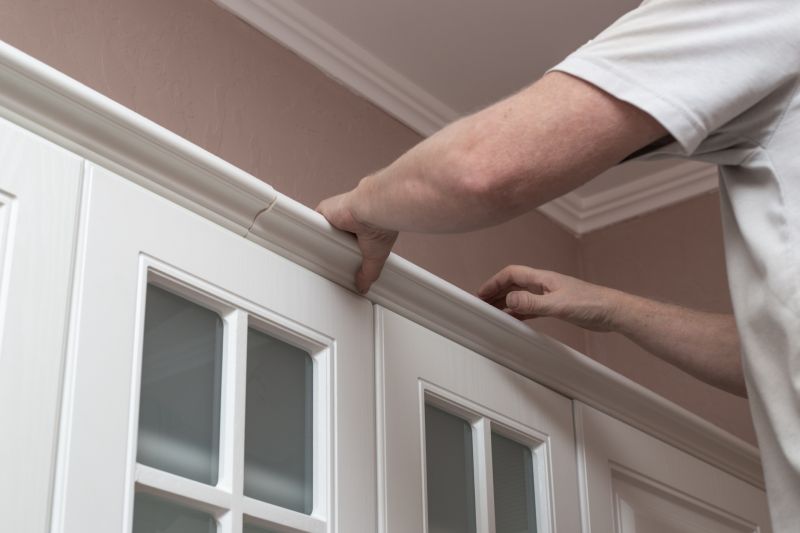
A frequent mistake in Crown Molding Repairs and how to dodge it.

Small tweaks to make Crown Molding Repairs safer and easier to use.
Interested parties can contact for more information or to schedule a crown molding repair. Proper timing and professional execution can significantly improve the appearance and durability of crown molding, ensuring it remains a stylish feature within the interior space.



